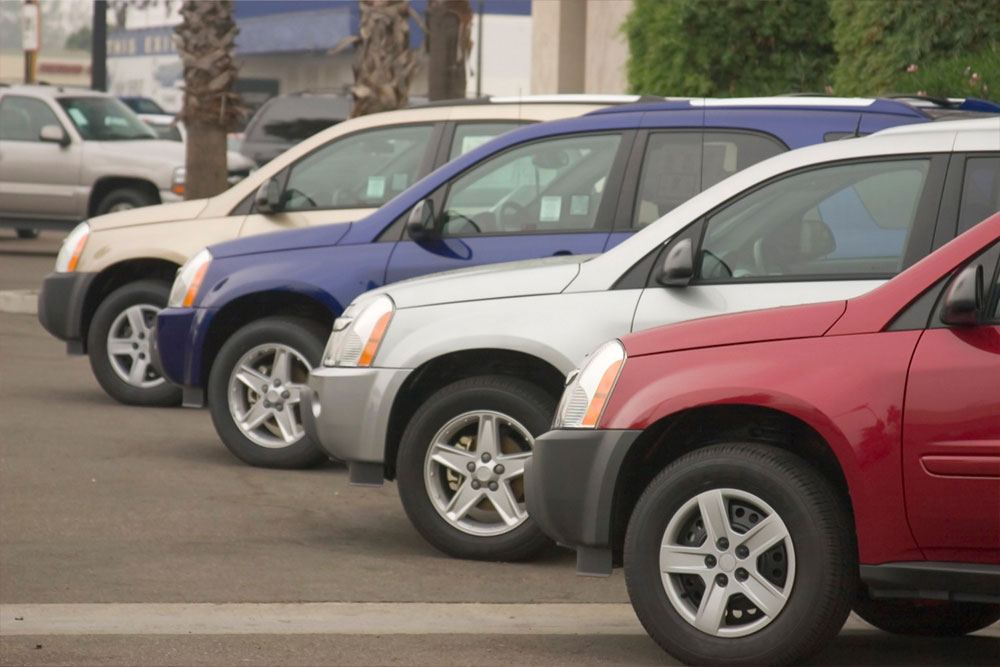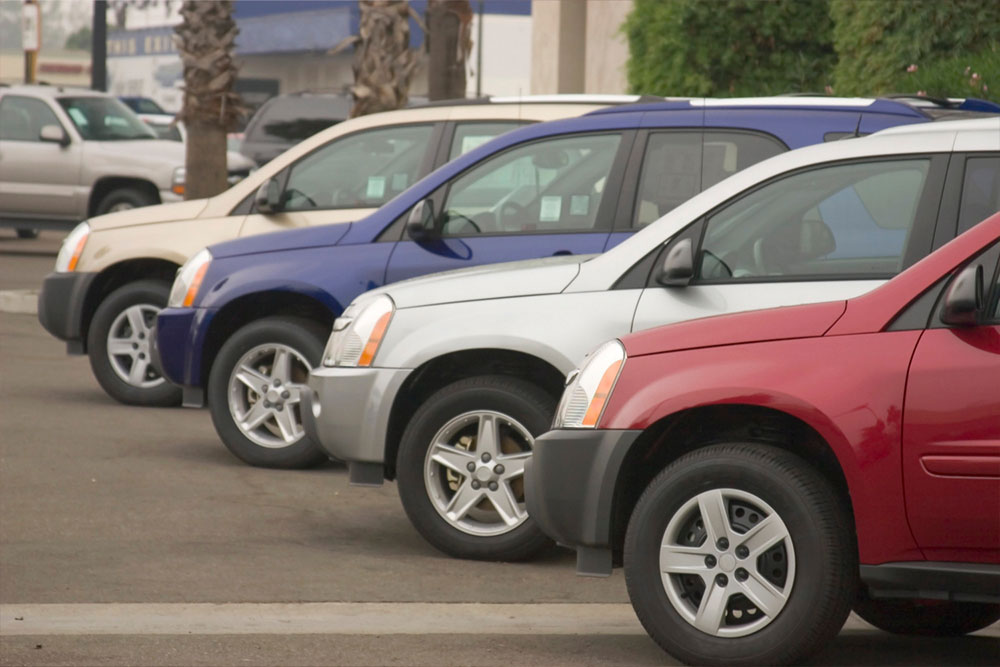Comprehensive Guide: Seven Effective Strategies to Purchase a Used Car Without an Initial Payment
Discover seven practical strategies to buy a used car without an initial payment. This comprehensive guide covers options like personal loans, manufacturer promotions, trade-ins, leasing, and rental services, helping budget-conscious buyers make informed decisions and own quality used vehicles with minimal upfront costs. Learn how to evaluate vehicles and choose the right financing methods suited to your financial situation for a seamless car purchasing experience.

Comprehensive Guide: Seven Effective Strategies to Purchase a Used Car Without an Initial Payment
Owning a vehicle is a significant milestone for many individuals, but the upfront costs associated with purchasing a new car can be overwhelming, especially for those with limited financial resources. Fortunately, opting for a used car can substantially reduce expenses due to lower depreciation and more flexible financing options. For budget-conscious buyers eager to acquire a reliable vehicle without making an initial payment, understanding various strategies is crucial. This comprehensive guide explores seven practical methods to buy a used car without an upfront payment, helping you make informed decisions and ease financial pressures.
Conducting an In-Depth Vehicle Inspection
Before embarking on any payment plan, it’s vital to thoroughly inspect the vehicle to ensure it meets your expectations and is worth the investment. This process involves examining the car’s mileage, checking the make and model, and looking for signs of damage or wear and tear. Hiring a qualified mechanic for a detailed inspection can uncover hidden issues that might not be apparent to an untrained eye. Additionally, requesting maintenance and service records from the seller provides insight into how well the vehicle has been cared for. Verifying that the car has received regular maintenance and has no outstanding repairs can save you money and prevent future headaches. Once you're satisfied with the vehicle’s condition, you can consider various financing options to proceed without an initial payment.
1. Secure a Personal Loan
One of the most straightforward approaches is obtaining a personal loan from a bank or alternative lender. Personal loans are often accessible to individuals with decent credit histories and can be used to finance the entire purchase price of a used vehicle. These loans provide quick access to funds, enabling you to buy the car outright. The borrowed amount covers the vehicle’s cost, applicable taxes, and other related expenses, which you then repay over a predetermined period, typically with interest. While personal loans are convenient, it’s important to be aware of higher interest rates that may apply. Carefully compare loan terms from different lenders to find the most favorable rates and repayment plans that align with your budget.
2. Take Advantage of Manufacturer Promotions
Many car manufacturers periodically offer promotional deals on pre-owned vehicles to attract buyers. These promotions might include special financing options with reduced interest rates, low or zero down payment requirements, and flexible repayment terms spanning from 12 to 60 months. Some manufacturers will finance up to 80% of the vehicle’s value, enabling you to purchase a car with minimal upfront costs. Staying informed about such offers through manufacturer websites or local dealerships can provide opportunities to acquire a used car without an initial payment, making it an attractive option for those with limited immediate cash flow.
3. Engage with Local Car Dealerships
Visiting local dealerships can uncover tailored financing packages designed specifically for used car buyers. Dealerships often have special programs for loyal customers or first-time buyers that may include no-down-payment options or reduced interest rates. Building a relationship with sales representatives and exploring multiple dealerships allows you to compare different offers to find the most suitable payment plan. Dealership financing solutions sometimes include incentives such as extended warranty options or complimentary maintenance, adding value to your purchase while avoiding the need for an initial payment.
4. Leverage Trade-In Value
If you already own a vehicle, trading it in can significantly reduce or eliminate the need for an upfront payment. The dealer assesses your current car’s value based on its age, condition, mileage, and market demand. The trade-in amount is then applied directly toward the purchase price of your new used vehicle. To maximize this option, gather multiple offers from different dealerships and ensure your trade-in is in good condition to get the best valuation. This strategy not only helps avoid a down payment but also simplifies the overall buying process by consolidating your current vehicle’s value into your new purchase.
5. Use Credit Card Financing
Some buyers consider using their credit card to pay for their used vehicle. This approach requires checking your credit limit and eligibility with your bank or credit card issuer. Paying via credit card can be advantageous if you can secure a promotional interest rate or a purchase installment plan. However, it’s essential to be cautious of high transaction fees and interest rates that can accrue if the balance isn’t paid off promptly. To avoid unnecessary costs, plan to pay off the credit card balance within the promotional period or the agreed repayment timeline. Some credit providers also offer installment plans that break down the payment into manageable monthly amounts, providing flexibility in your financial planning.
6. Consider Leasing Instead of Buying
Leasing a used car is an excellent alternative for individuals who want to drive a vehicle without the commitment of ownership or a large upfront payment. Lease agreements typically involve smaller monthly payments compared to traditional financing, and they often include maintenance coverage and the option to upgrade at the end of the lease term. Leasing allows you to use the vehicle for a specified period—commonly 24,36, or 48 months—without a significant initial outlay. At the end of the lease, you can choose to buy the vehicle, lease a newer model, or simply return the car. This approach is particularly beneficial for those with strict cash flow management but who still need reliable transportation.
7. Explore Rental Options for Vehicles
For those needing a vehicle for medium-term use, rental services provide flexible solutions. Car rental companies offer vehicles for periods ranging from 12 to 36 months, often with the option to extend or return the vehicle at the end of the rental term. Rental payments typically cover fuel, tolls, and minor fees, with the company responsible for maintenance, repairs, and insurance. This method requires no initial down payment, making it ideal for individuals who require a temporary vehicle without long-term commitments. Rental options also allow for customization based on your specific needs, whether for daily commuting, business trips, or temporary transportation during transition periods.
In summary, purchasing a used car without an initial payment is entirely feasible by exploring various financing strategies and leveraging available resources. Whether you opt for a personal loan, manufacturer promotions, dealership programs, trade-in opportunities, credit card financing, leasing, or rental services, each method offers unique advantages suited to different financial situations. Carefully assessing your needs, vehicle condition, and financial capacity can help you choose the most suitable approach, enabling you to own or access a vehicle without the burden of a large upfront cost. With careful planning and research, you can gear up for your next vehicle purchase confidently and economically.





